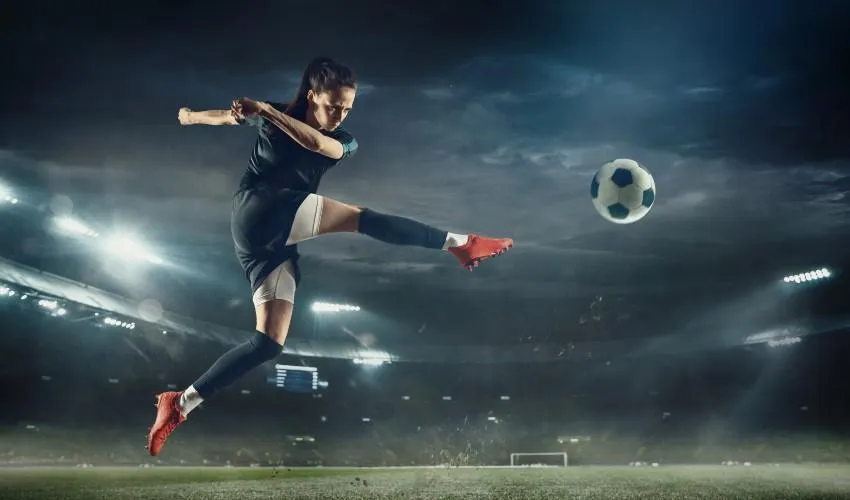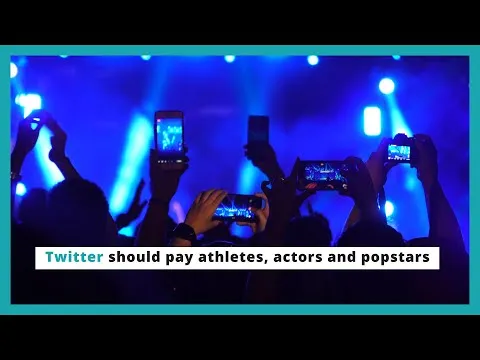
Why Twitter Should Share Revenues with Soccer Players
High-profile social media users, such as actors, popstars or athletes, compete on social media for user attention, that can translate into ticket sales for concerts or movies, a better contract, or lucrative product endorsements. This kind of competition, research by Gaia Rubera (Amplifon Chair in Customer Science, Bocconi Department of Marketing) and Federico Rossi (Purdue University) published in Marketing Science found, follows its own rules and the ultimate winners could be the social media platforms the battle for attention is raging on.
Competition among high-profile users with similar characteristics is responsible for one third of the tweets they post on Twitter and leads to a 7% increase in their followers' activity, i.e. a meaningful increase in engagement that both the high-profile users and the platform can monetize. "Twitter would do better to promote a revenue-sharing program, that would be capable of increasing engagement at a very low cost", Professor Rubera said.
The two scholars analyzed the tweets that players of the US National Women's Soccer League (NWSL) posted during the 2013 NWSL season. Players like Alex Morgan, Hope Solo, Abby Wambach, Megan Rapinoe, and Sydney Leroux were very popular on Twitter, even if popularity was very concentrated, both in terms of followers and mentions (with the four most popular players receiving 75% of the mentions, for instance). However, their posting activity was relatively low, considering the attention they could have grabbed from fans.
Rubera and Rossi found that, while competition on the pitch is among players of different teams, competition on Twitter is among players with similar characteristics. A tweet by a player does increase the attention users devote to her, but also decreases the attention they devote to players with similar personal characteristics, such as team affiliation or physical attractiveness.
This competitive pressure, the authors estimate, is responsible for one third of the players' tweets and for a 7% increase in their fanbase engagement.
The attention of social media users is affected by both players' posting activity and their soccer performance. On average, one additional tweet by the player increases the attention share received from users by 19%. In contrast, scoring a goal increases the player's share by 20%.
Social platforms, Rubera and Rossi suggest, could invest to further increase competition among high-profile users and, consequently, user engagement. They simulate two simple revenue-sharing programs rewarding players for each message posted on Twitter. In the first case, only a restricted group of top players, responsible for the best part of user engagement, are paid; in the second, the revenues are shared with all the tweeting players. The model rewarding all players turns out to be more effective and less expensive for the platform.
"We estimate that a $100,000 investment could lead to a 1.6% rise in user engagement," Prof. Rubera says.
Federico Rossi, Gaia Rubera, "Measuring Competition for Attention in Social Media: National Women's Soccer League Players on Twitter," Marketing Science, published online 5 Oct. 2021, DOI: https://doi.org/10.1287/mksc.2021.1303.
How to Grow Twitter Engagement
